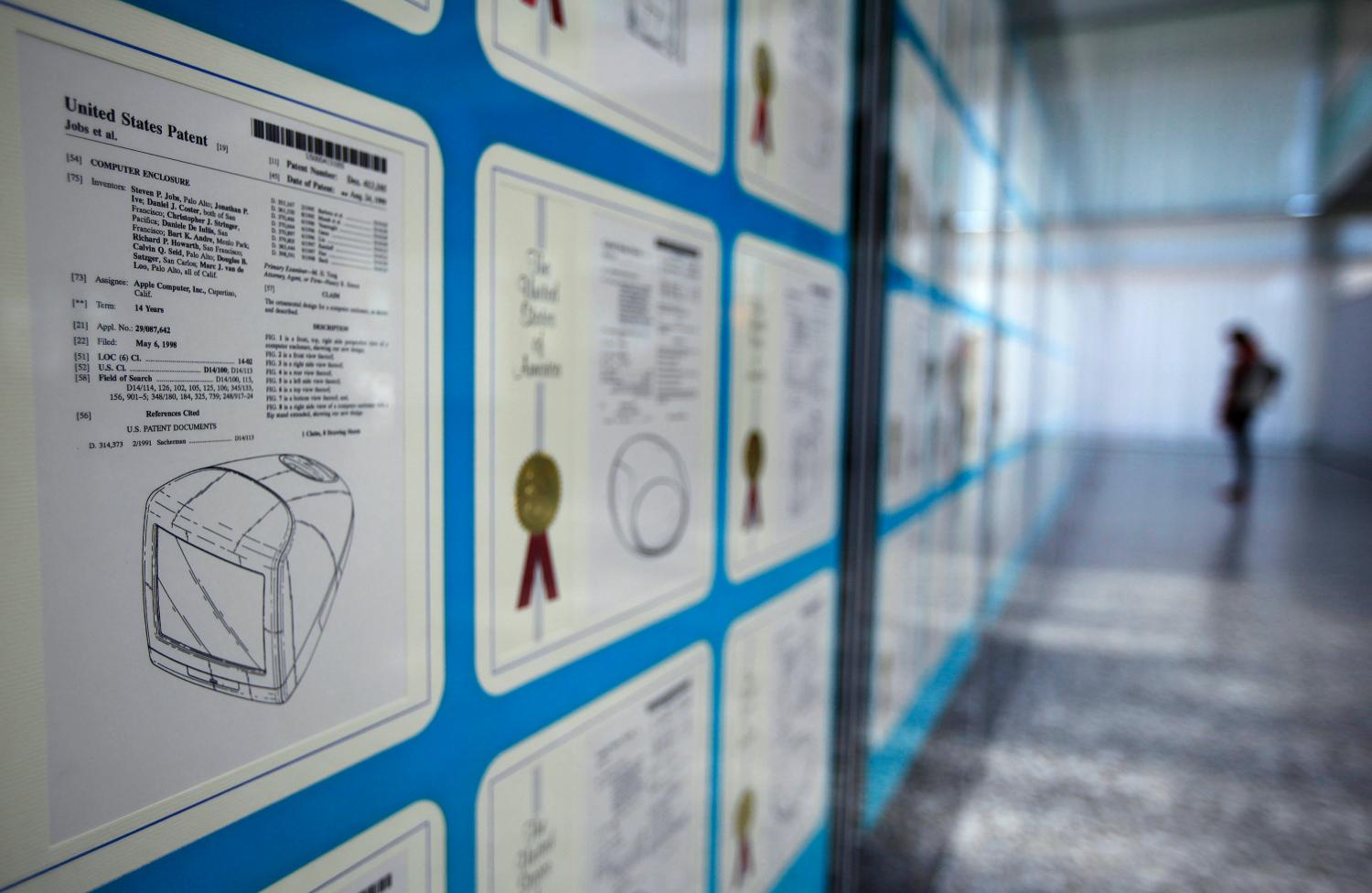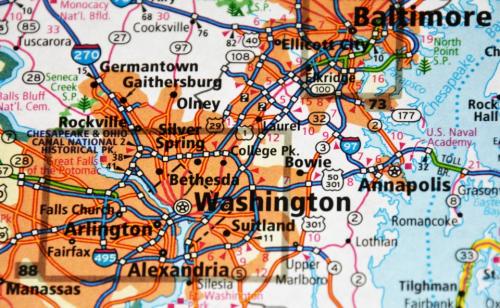“Patenting Prosperity: Invention and Economic Performance in the United States and its Metropolitan Areas” is the first analysis of its kind to present patenting trends on a regional level from 1980 to 2012. The report ranks all of the nation’s roughly 360 metropolitan areas on patenting levels and growth, while noting the firms and organizations responsible. It also analyzes how patenting has affected productivity levels in each region, comparing patents—which embody novel inventions—to other sources of economic dynamism, such as educational attainment.
This report examines the importance of patents as a measure of invention to economic growth and explores why some areas are more inventive than others. Why should we expect there to be a relationship between patenting and urban economic development? As economist Paul Romer has written, the defining nature of ideas, in contrast to other economic goods, is that they are non-rival: their use by any one individual does not preclude others from using them. Although useful ideas can be freely transmitted and copied, the patent system guarantees, in principle, temporary protection from would-be competitors in the marketplace (i.e. excludability). Thus, one would expect regions to realize at least some of the value of invention, as has been shown for individual inventors and companies that patent. Yet there is no guarantee that patents generated in a specific location will generate wealth in that same location—a set of conditions (the presence of a skilled and diverse labor force, an “ecosystem” of businesses providing complementary goods and services, financing and marketing capabilities among them) have to be met for invention to be commercialized. Research has established that patents are correlated with economic growth across and within the same country over time. Yet, metropolitan areas play a uniquely important role in patenting, and the study of metropolitan areas within a single large country—the United States—allows one to isolate the role of patents from other potentially confounding factors like population size, industry concentration, and workforce characteristics.
An analysis of national and metropolitan area invention from 1980 to 2012, using a new comprehensive database of patents, reveals:
- The rate of patenting in the United States has been increasing in recent decades and stands at historically high levels.
- Most U.S. patents—63 percent—are developed by people living in just 20 metro areas, which are home to 34 percent of the U.S. population.
- Inventions, embodied in patents, are a major driver of long-term regional economic performance, especially if the patents are of higher quality.
- Research universities, a scientifically-educated workforce, and collaboration play an important role in driving metropolitan innovation.
- Patents funded by the U.S. government tend to be of especially high quality, and federal small business R&D funding is associated with significantly higher metropolitan productivity growth.
The Brookings Institution is committed to quality, independence, and impact.
We are supported by a diverse array of funders. In line with our values and policies, each Brookings publication represents the sole views of its author(s).





